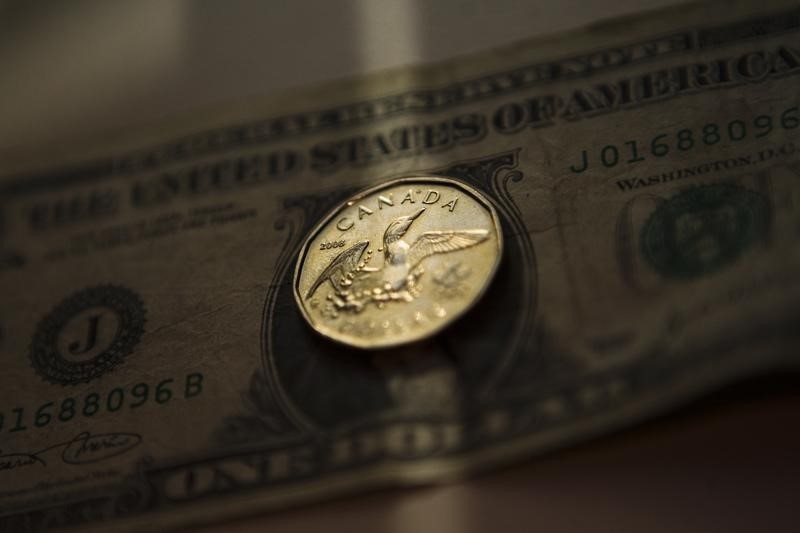Investing.com - The U.S. trimmed gains against its Canadian counterpart on Thursday, but remained close to 12-1/2 year highs as declining oil prices continued to weigh heavily on the Canadian currency and as turmoil in China hammered market sentiment.
USD/CAD pulled back from 1.4170, the pair’s highest since August 2003, to hit 1.4090 during early U.S. trade, still up 0.10%.
The pair was likely to find support at 1.3969, Wednesday’s low and resistance at 1.4194.
The greenback lost some ground after the U.S. Department of Labor said the number of individuals filing for initial jobless benefits in the week ending January 1 decreased by 10,000 to 277,000 from the previous week’s total of 287,000, which was the highest since mid-July.
Analysts expected jobless claims to fall by 12,000 to 275,000 last week.
Meanwhile, investors remained cautious after the People's Bank of China set its official yuan midpoint rate lower compared with Wednesday's fix.
It was the largest daily drop in the midpoint rate since last August, when an unexpected almost 2% devaluation of the currency sparked a broad based selloff in markets.
In addition, trading on China’s stock markets was suspended for the second time this week after a plunge of more than 7% after the open.
Separately, the commodity-related Canadian dollar continued to be hammered lower by oil prices, which slid below $33 a barrel to a nearly 12-year low earlier Thursday.
Speaking at a conference in Ottawa on Thursday, Bank of Canada Governor Stephen Poloz the BoC is content to allow the weak Canadian dollar to stay low.
Poloz says the bank won't try to match recent interest rate increases in the U.S., but will "continue to run an independent monetary policy, anchored by our inflation target of 2%."
The loonie was sharply lower against the euro, with EUR/CAD advancing 0.81% to 1.5292.
